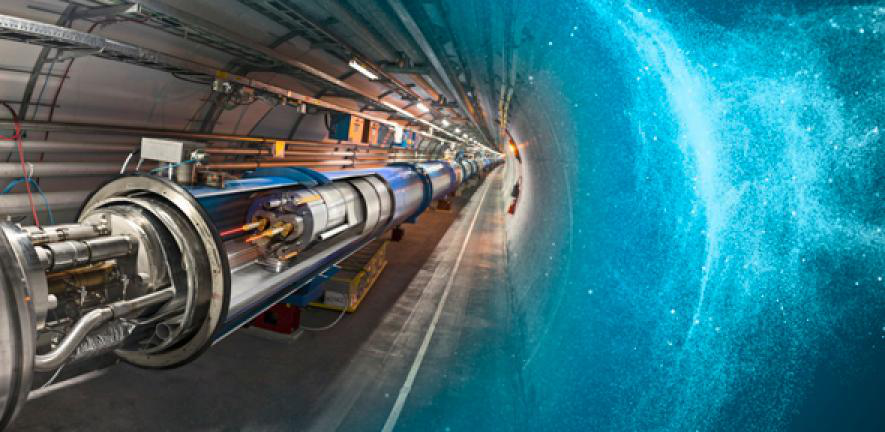Speaker
Description
Nuclearites are hypothetical heavy particles composed by roughly equal proportions of up, down and strange quarks. These particles loose their energy by atomic collisions and they induce visible light in transparent mediums through black-body radiation from a shock wave.
ANTARES is a neutrinos telescope running at 2475 meters under water in the Mediterranean Sea. Nuclearites with a masses $\geq 4 \times 10^{13}$ GeV/c$^2$ are able to generate a sufficient amount of visible light to be detected. The nuclearites with a masses $\leq 10^{22}$ GeV/$c^2$ are not able to cross the Earth diameter, however. In this analysis, we consider a down-going flux of nuclearites with masses ranging from $ 4 \times 10^{13}$ to $10^{16}$ GeV/c$^2$ penetrating into the Earth with galactic velocities ($\beta=10^{-3}$).

